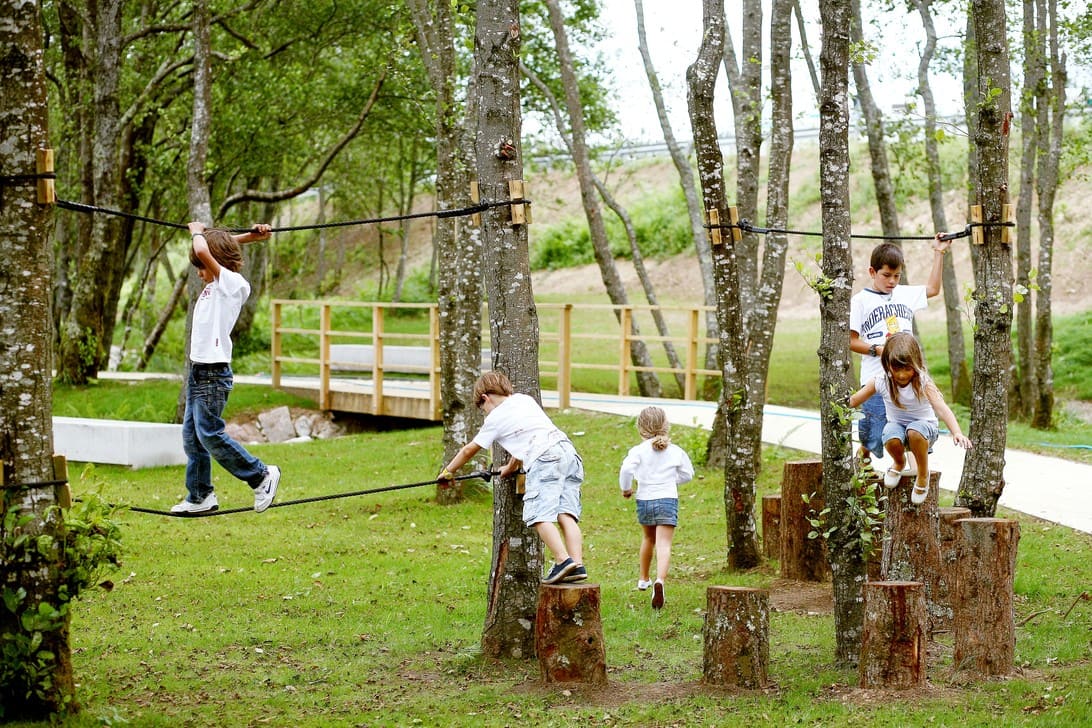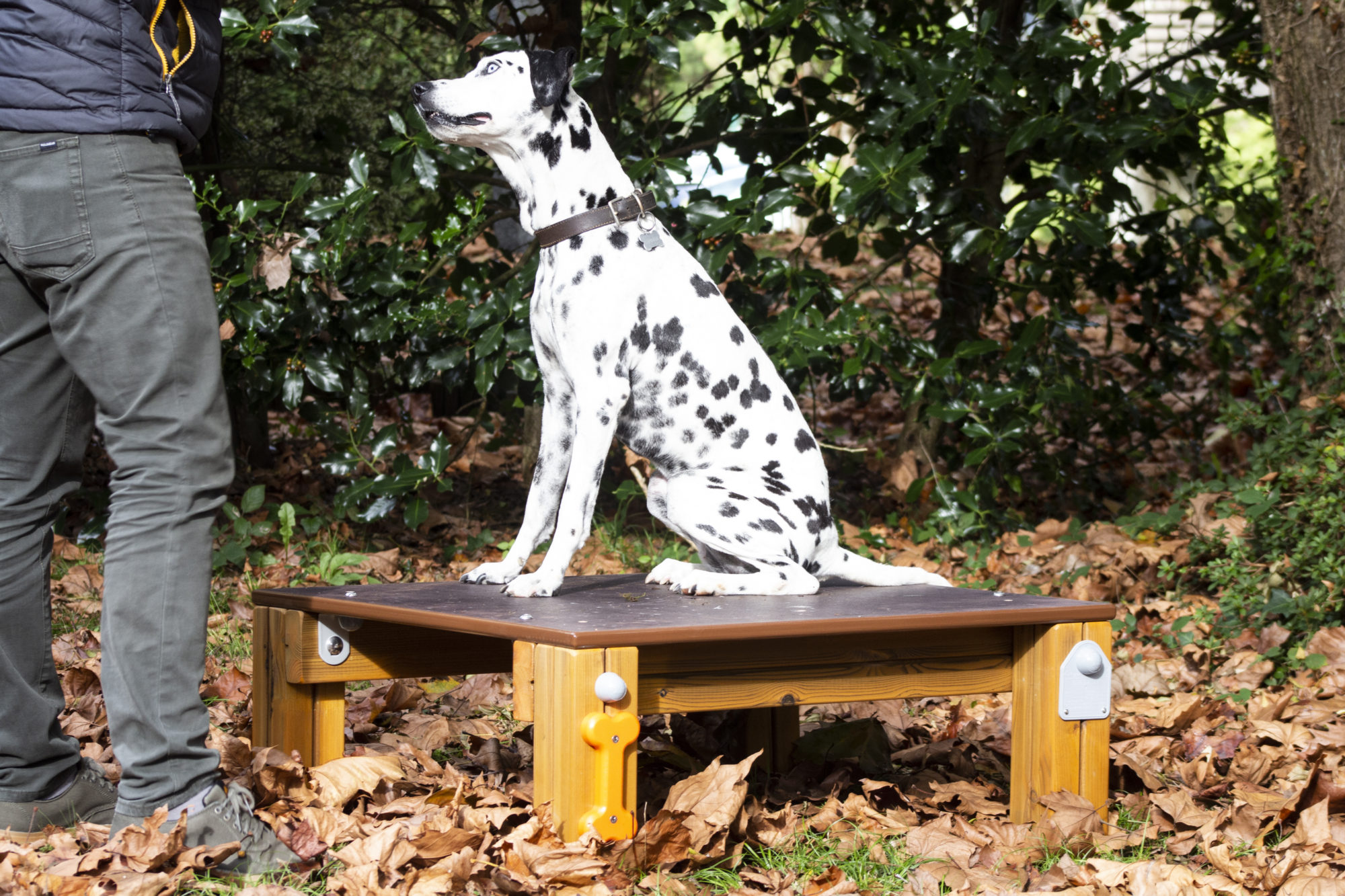The Influence of Biophilia on the Well-Being of People in XXI
The term biophilia, contrary to what may seem, is not new. The first person to use it was, at the beginning of the 20th century, Erich Seligmann, analyst, social psychologist and humanist philosopher, who defined it as the passion for all living things. Later it was the psychologist Erich Fromm, who dedicated his whole life to fighting against any form of alienation, who used it in a speech in 1936, as opposed to necrophilia, and defined it as love for life. But it was the biologist Edward O. Wilson who delved further into the concept. For him, biophilia was “the affinity of the human being, of innate origin, for all living beings and for life itself, so that among their primary needs to feel healthy and achieve well-being, the need to be in contact with nature would be essential”. In 1984 he wrote the book Biophilia (Biophilia in the original English) and with which he won two Pulitzer Prizes. According to Wilson, the human being feels that “urgency” to be in contact with the natural environment since 99% of human history took place closely linked to it. And in fact, various investigations have shown that people who live in rural environments suffer fewer mental disorders, and even fewer cardiovascular and pulmonary diseases compared to those who live in cities. Richard Louv has coined the term “nature deficit disorder” to refer to this distance from nature and consequently to these negative manifestations that affect our health and our quality of life. Contact with nature gives rise to positive sensations and decreases stress and depression levels in both adults and children, promoting in these last a healthy development and greater concentration.
And it is that currently biophilia is a term that is booming either due to our way of life, under large doses of stress, either due to the constant technological bombardment, or due to a mixture of both. What is indisputable is that contact with nature and living beings has great benefits for our well-being and that in one way or another we must include them in our day to day to bring balance to our lives. To be well we must take care of the environment and enjoy it and if possible to incorporate it in some way into our day to day. In fact, and fortunately, the integration of biophilia with design and architecture is here to stay. More groups, people and companies that seek and find the way to achieve this integration are emerging more every time. Books are emerging such as “The 14 biophilic patterns” by Terrapin Bright Green in 2014 and later, in 2020 or closer to us “Public places to stay with a biophilic character. Design Manual”, publication of the architect doctor Inés Pernas in collaboration with researchers from the University of A Coruña and the company Galopín and thanks to the help of the Galician Agency for the Forestry Industry, in which the Cluster da Madeira e o Deseño de Galicia worked as an editor. These books make reference and serve as a guide to build more biophilic spaces that put us in contact with the natural environment.










0 Comments